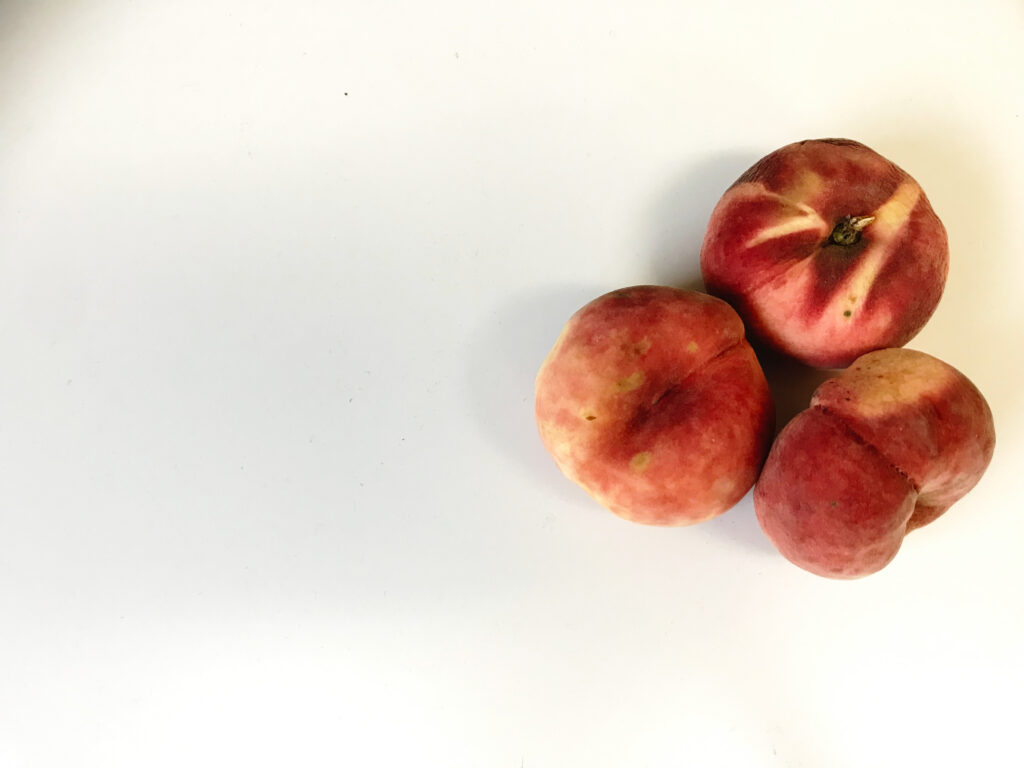„Get comfortable while being uncomfortable.” While this statement might seem counterintuitive at first, thinking more closely about it, it becomes a life philosophy which encourages one to embrace difficult situations with resilience rather than to apply an ‘avoid-and-hide’ strategy. But how do we actually get there? How do we get resilient? As this topic was and is key to the exhibition series featured in Das Esszimmer – Space for Art+, I’ve been thinking about resilience specifically in the context of contemporary art. How do we navigate art today and what role does resilience take in this discussion? To answer this question let us quickly dive into the history of art perception.
Centuries of European art history have shaped the understanding of art which is mainly based on two criteria: skillfulness and aesthetics. Art in the old sense being defined as “skill as a result of learning or practice“, paintings and sculptures needed to be skillfully crafted in order to stand out. Take the ‘old masters’ – e.g. Rembrandt, VanGogh, Dürer, Monet – as example. All had a unique painting style which is studied till the present day. But of course, the sujet in terms of what was depicted matter as well. Art, as in fine arts, is connotated with beauty and aesthetics. With the enlightenment, one of the criteria to categorize art was an aesthetical value in contrast to the ugly. Hence, if something qualified as art depended on the skillfulness of the artwork but at the same time needed to satisfy an aesthetic demand.
However, at the beginning of the 20th century with the Dadaists, Marcel Duchamp and his ‘Fountaine’ (1917), the understanding of art in it’s traditional sense was shaken and nowadays, we are confronted with a variety of artworks in all sorts of shapes, forms and colors not necessarily fitting into the categories of ‘aesthetically pleasing’ and ‘skillfully produced’. This change produced an uncertainty in regard of the audience which now cannot rely anymore on the traditional shapes of art but is constantly challenged with new expressions ranging from paintings, sculptures to video installations, dancing robots, virtual reality games etc. Consequently, the critical mind of modern people still lingers with the idea of beauty and skill as anchor in order to sail soundly through a constantly moving artworld without limits. This, however, not only passively limits the sorts of art you get in contact with but actively creates a barrier between oneself and a whole other universe of possibilities which – to one’s own surprise – could be extremely beneficial.
When I was visiting the Kunsthaus Bregenz (SW), there was a robotic installation by Jordan Wolfson showing a ‘female figure’ dancing. This installation is a frightful thing to watch – with a nightmare face covered by a ‘black-death’ mask, the figure fixates you with the eyes causing extreme discomfort. In exposing myself to this installation I felt vulnerable and uneasy while simultaneously being enriched and having plenty of thought processes afterwards.
Coming back to the topic of resilience, contemporary art can be a place of playful experiment where one can actively choose to challenge oneself opening up new perspectives and ways which then move beyond the space of art into affecting daily life. Instead of rejecting contemporary works of art rather quickly because they seem ugly or senseless, I would suggest an alternative: to let the art work on you, popping open ones filter bubble and to embrace whatever feelings might be caused: happiness, admiration, joy as well as puzzlement, fear, anger, resignation. The old question of “Do I like what I see” being replace by “Does it affect or move me?” becomes a useful tool to approach contemporary art and it’s various forms.
